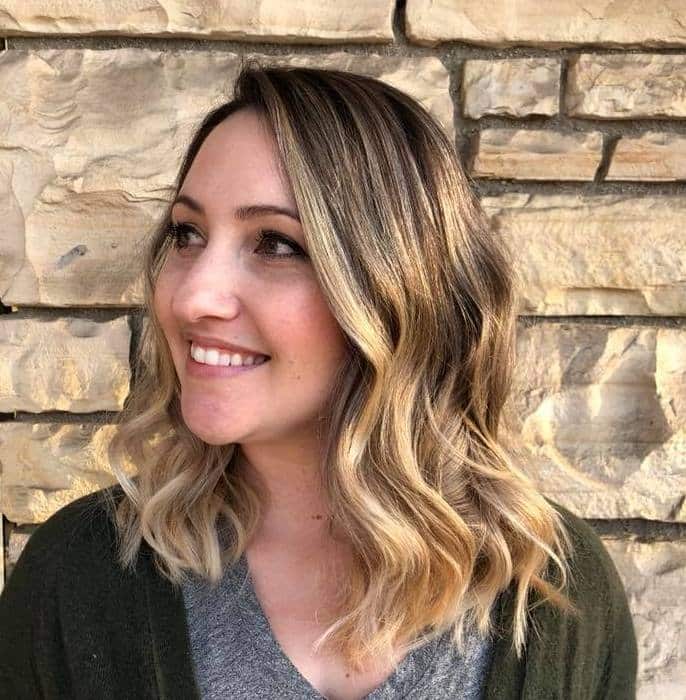What is FD&C Blue #1?
FD&C Blue #1 is a synthetic dye used in food, drugs, and cosmetics in both the US and Europe (1).
Other names for FD&C Blue #1:
- Brilliant Blue FCF
- E133 (Europe)
Processed foods that may contain FD&C Blue #1:
- Blue Curacao liqueur
- Candy
- Canned peas
- Cereal
- Enteral nutrition formulas
- Flavored applesauce
- Food colorings
- Ice cream
- Icing
- Popsicles
- Salad dressing
- Smoked salmon
- Flavored yogurts
Products that may contain Blue #1:
- Breath mints
- E-cigarettes
- Makeup
- Medications
- Mouthwash
- Shampoo
- Shave gel
- Soap
- Supplements
- Toothpaste
How is FD&C Blue #1 absorbed and metabolized?
FD&C Blue #1 is not very well absorbed in the small intestine. In animal studies, ~ 95% remains unabsorbed and excreted in the stool. The 5% or so that is absorbed is excreted in the urine or bile (2).
It is absorbed through freshly shaven skin (but not intact skin) and mucous membranes in the mouth, so if someone is sensitive to it, they may want to avoid mouthwash, toothpaste, breath mints, and personal care products that contain Blue #1 (3).
People with IBD (Crohn’s or ulcerative colitis) or other serious illnesses that affect gut permeability may also absorb more of the blue dye than normal (4).
Is there a maximum amount of FD&C Blue #1 allowed per day?
The FDA recommends no more than 12.5 mg per kg of body weight, per day (5).
It is estimated that the average person consumes no more than 1.44 mg/kg/day (6).
Can people have adverse reactions to FD&C Blue #1?
Yes, especially if it is absorbed due to increased intestinal permeability.
Blue dye is also sometimes added to enteral nutrition products so it’s easier to detect if it’s being aspirated.
But there have been at least 2 cases in which blue dye has been absorbed in abnormally large quantities in critically ill people (with increased gut permeability), leading to acidosis and death (7, 8, 9).
It is believed that over-absorption of Blue #1 can be fatal because it shuts down mitochondrial function at high doses (10).
There have even been reports of people’s skin, nails, and urine turning blue or green after receiving enteral nutrition with Blue #1 in it (8, 11,12, 13).
It is also sometimes used in swallowing evaluations, but one study found that swallowing evaluations were just as accurate with or without the blue dye, so it’s not really needed (14).

Erica is a registered dietitian nutritionist and lover of science and learning. She has a never-ending passion for education, and gladly spends her time writing & growing this blog! When she’s not at the computer, she can be found in the kitchen with her family, rocking out to good music and cooking up a storm.
